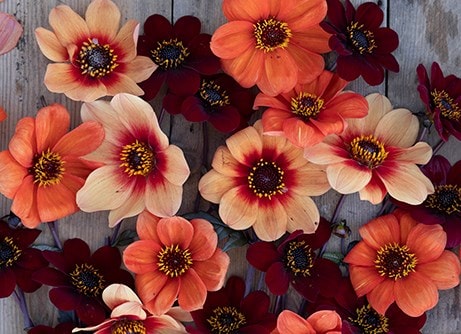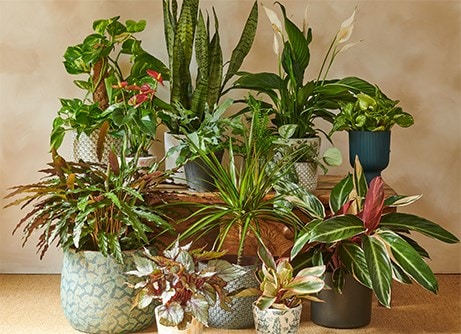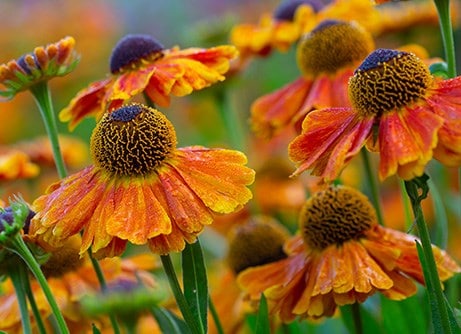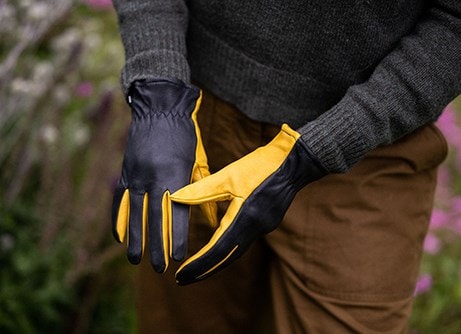
A very free-flowering camellia that produces large, peony-form, rose-pink blooms for several weeks from April. This vigorous, evergreen shrub is particularly resistant to cold weather and is perfect for training against a north-facing wall or fence. The faded blooms drop cleanly when they are spent.
Camellia × williamsii 'Debbie' is highly recommended by the Royal Horticultural Society.
Camellia × williamsii 'Debbie' is highly recommended by the Royal Horticultural Society.
How to care for Camellia × williamsii Debbie:
Plant spring-flowering camellias in acidic, humus-rich, moisture-retentive soil with good drainage. Choose a sheltered spot in partial shade, ideally out of cold, drying winds and away from early morning sun, which can scorch flower buds.
Container-grown plants should be potted into ericaceous compost and kept well-watered, especially in dry spells, to prevent bud drop. Ensure good drainage in the pots to avoid waterlogging. Avoid allowing them to dry out in late summer, as this is when flower buds are forming for the following year.
Feed established plants with a balanced liquid (and preferably ericaceous) fertiliser in mid-spring and again in June. Apply an annual top-dressing of leaf mould or shredded bark to help retain moisture and maintain soil acidity. Pruning is generally minimal — after flowering, trim lightly to remove any dead or straggly growth and to maintain a neat shape.
For container plants, insulate pots in winter with bubble wrap or hessian to protect roots from freezing temperatures.
Container-grown plants should be potted into ericaceous compost and kept well-watered, especially in dry spells, to prevent bud drop. Ensure good drainage in the pots to avoid waterlogging. Avoid allowing them to dry out in late summer, as this is when flower buds are forming for the following year.
Feed established plants with a balanced liquid (and preferably ericaceous) fertiliser in mid-spring and again in June. Apply an annual top-dressing of leaf mould or shredded bark to help retain moisture and maintain soil acidity. Pruning is generally minimal — after flowering, trim lightly to remove any dead or straggly growth and to maintain a neat shape.
For container plants, insulate pots in winter with bubble wrap or hessian to protect roots from freezing temperatures.
Flowering period:
- Jan
- Feb
- Mar
- Apr
- May
- Jun
- Jul
- Aug
- Sep
- Oct
- Nov
- Dec
Eventual height:
4m
Eventual spread:
4m
Position:
Light shade
Rate of growth:
Fast-growing
Soil:
Humus-rich, moist, well-drained acid soil or ericaceous compost
Hardiness:
Fully hardy
Product options

2 litre pot
£24.99
available to order from spring
Unavailable
1
Delivery options (pick your preferred option at checkout)
Standard Delivery£5.99
Goes well with
RocketGro ericaceous compost
From £8.99
View options
| 40 litres | £10.99 |
|
|
| 20 litres | £8.99 |
|
|
| 2 × 20 litres | £17.00 |
|
View details
Viburnum tinus
laurustinus
From £4.89
View options
| 2 litre pot | £24.99 |
|
| 12 litre pot | 50 - 80cm tall | £89.99 |
|
| 9cm pot | £4.89 |
|
| 6 × 9cm pots | £25.19 |
|
| 3 × 2 litre pots | £59.99 |
|
View details
Sarcococca confusa
sweet box
From £9.99
View options
| 2 litre pot | £22.49 |
|
|
| 4.5 litre pot | 30 - 40cm tall | £59.99 |
|
|
| 7.5 litre pot | 40 - 60cm tall | £69.99 |
|
|
| 3 × 2 litre pots | £53.99 |
|
|
| 9cm pot | £9.99 |
|
|
| 3 × 9cm pots | £22.99 |
|
View details










